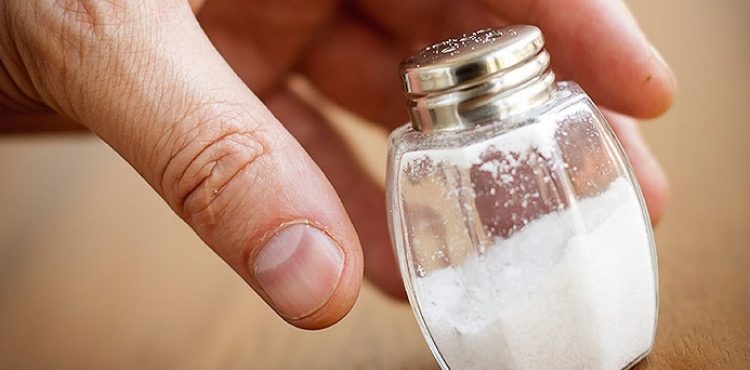
Salt intake levels in many low- and middle-income countries including India continues to be high, says study
Salt intake continues to be high in many countries across the world including India. New studies of salt intake levels from thirteen countries, including India, showed salt intake in all countries is well above the World Health Organization (WHO) recommendation of less than 5 gram per day. The implementation of population-based salt reduction strategies remains a challenge in many low and middle-income countries.
This is the conclusion of an updated review of the evidence on population salt intake globally since the GBD study 2010 was undertaken by an International collaborative research team comprising researchers from the George Institute for Global Health Australia and India, University of Otago, Ontario Tech University and University of Calgary.
This review is the first to compare recent salt intake measurements to those derived from the estimates in the GBD study 2010 and shows that salt levels in six countries, including India, remain the same as the 2010 estimates. Studies were searched from MEDLINE, SCOPUS and EMBASE databases and those that provided nationally representative estimates of salt intake among the healthy adult population based on the 24‐hour urine collection were selected.
An estimated 1.65 million annual deaths from cardiovascular diseases are attributed to salt consumption above the World Health Organization's recommended daily intake of < 2 g/day sodium (5 g/day salt). In the absence of reliable baseline data on salt intake at the population level, it has become quite difficult to evaluate the effectiveness of salt reduction initiatives that have been implemented for most of the countries. The Global Burden of Diseases (GBD), Injuries, and Risk Factor Study 2010 produced baseline estimates for mean population salt intake for each country in 1990 and 2010.
The present study entitled “The Science of salt: Updating the evidence on global estimates of salt intake” identified 13 studies measuring national population salt intake conducted between 2011 and 2018. Four of the studies were from low‐ and middle‐income countries (Fiji, Benin, Samoa and India) and nine from high‐income countries (Italy, Portugal, Switzerland, England, Canada, the United States, Barbados, Australia, and New Zealand). The recent study included from India was undertaken in slum and urban areas and rural communities in North India (Delhi and Faridabad, Haryana) and in south India (Hyderabad and West Godavari, Andhra Pradesh). This study showed that salt consumption in India is almost twice the WHO‐recommended intake.
The salt intake in the identified studies ranged from 6.75 g/d (6.32‐7.17) in Barbados to 10.66 g/d (10.52‐10.81) in Portugal. Seven countries that recently measured mean population salt intake had levels, which differed from the GBD 2010 estimates: Italy, England, Canada, and Barbados had lower salt intakes and Fiji, Benin, and Samoa had higher population salt intakes compared to GBD 2010. There was no change in salt intake levels in six countries including India. It is not possible to know whether these findings reflect true reductions in salt intake as a result of programs to reduce salt or if they are due to different sampling or salt measurement approaches as many of the GBD estimates were based on different sources.
“Our findings show that salt intake continues to be high and thus there is an urgent need for national salt reduction strategies that are well suited to settings and effective salt reduction policies in achieving the United Nations global targets of a 30% reduction in mean population salt intake by 2025,” said Sudhir Raj Thout, Research Fellow at the George Institute India.
Population salt reduction strategies are urgently needed in LMICs but remain a challenge, as these countries are experiencing a double burden of communicable and non‐communicable diseases, competing health priorities and limited resources for health. However, population salt reduction initiatives have been effectively implemented in many HICs and include a range of activities such as food reformulation, consumer education, front of pack labelling, and interventions in public institutions. There is an urgent need to translate learning to LMICs.



